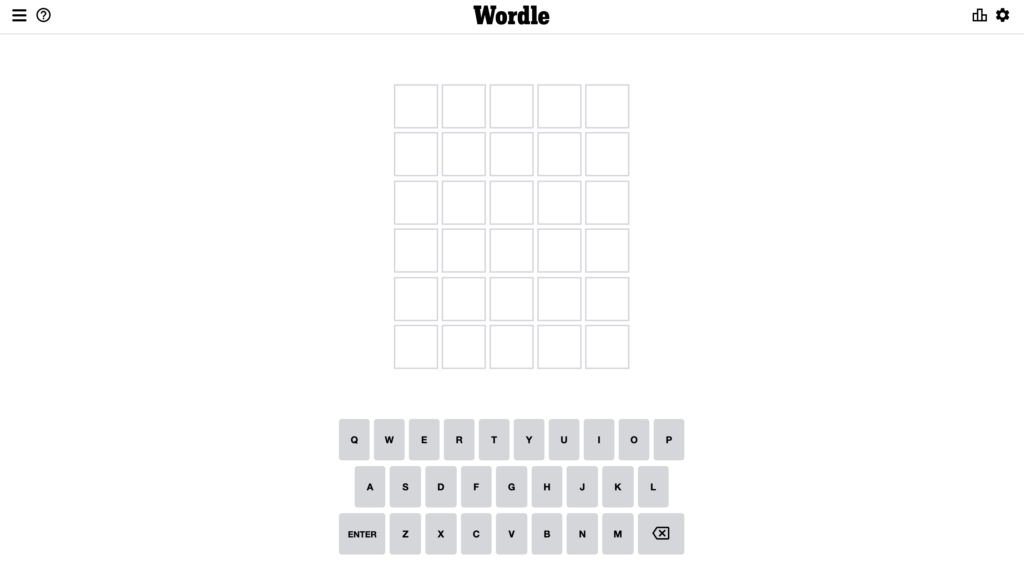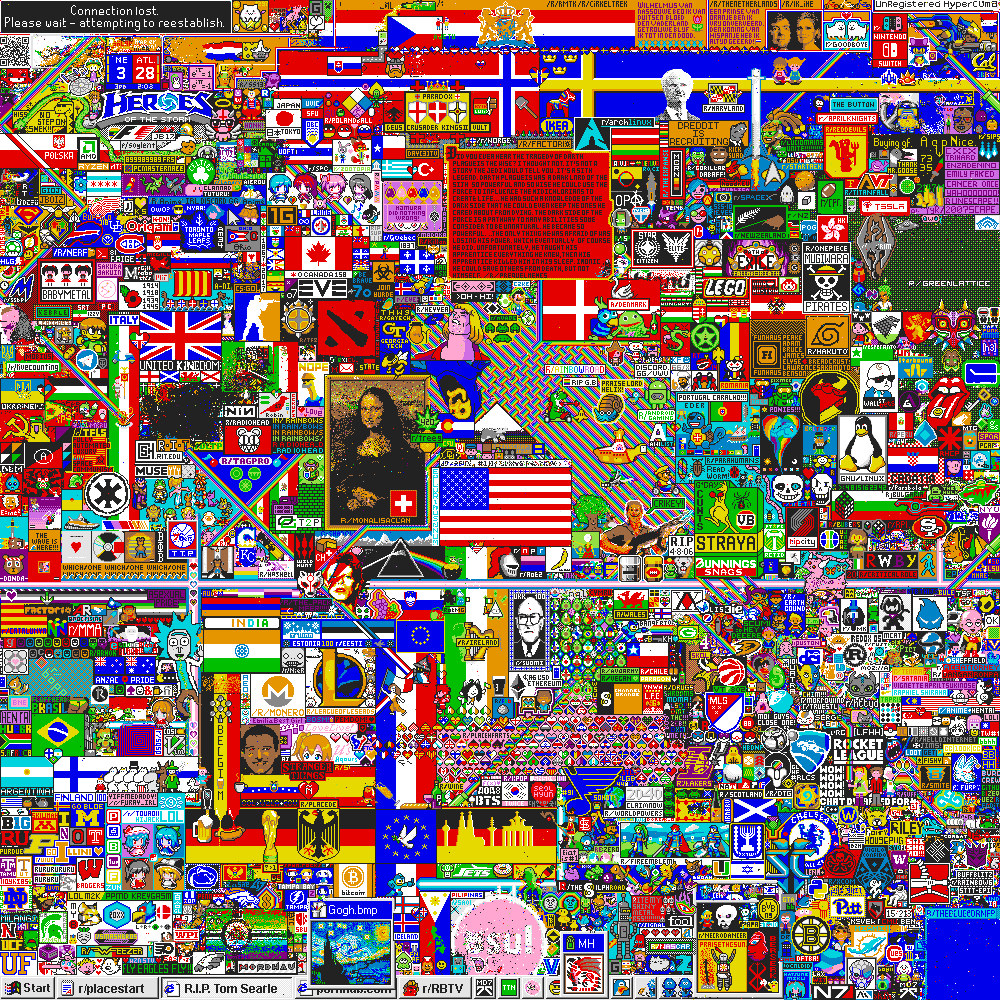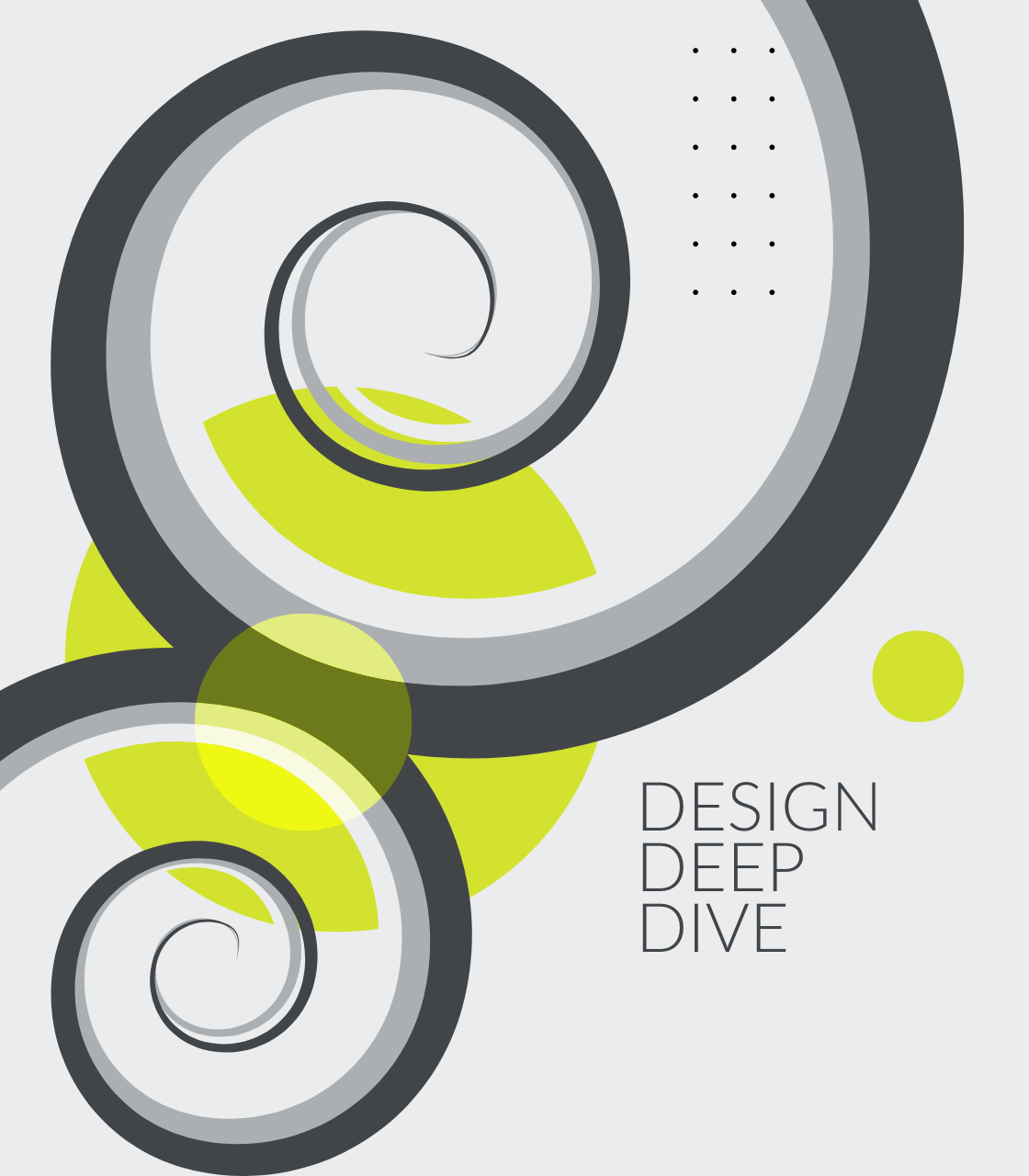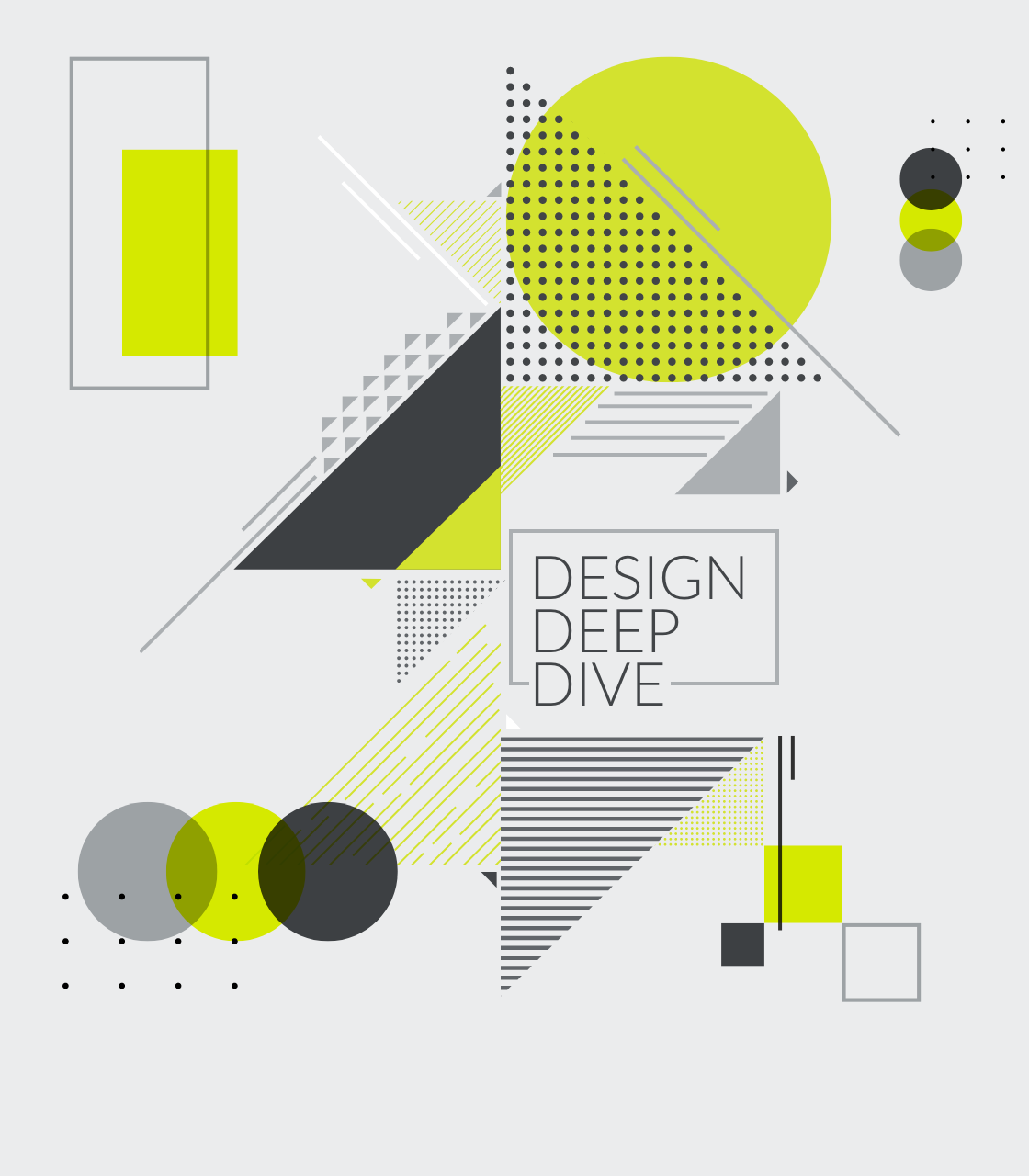
Buzz / 02 23, 2022
WORDLE: A WORD GAME BASED ON 6 GUESSES, 5 LETTERS, AND 4 LESSONS IN VIRALITY
Wordle: the six-letter name of a five-letter word game phenomenon that you’ve probably heard your friends, parents, neighbors and co-workers talking about.
Since its unceremonious launch in October 2021, it’s exploded in popularity and has amassed over three million users today.
So, what’s all the fuss about?
Well, Wordle gets a lot of things right that contribute to its viral success.
Today, we’ll take a look at the game’s design and engagement features through the lens of four key lessons we can learn from this addicting word puzzle.
Complexity Doesn’t Make Everything Better
It’s awfully impressive to show off an application with a flashy design and an extensive menu of features; but it’s usually more impressive to show a highly intentional application, with features that exist specifically to enhance the user experience.
This echoes the widely taught concept that good design is invisible.
At Haneke Design, our design team has a keen eye for effective user interfaces and an appreciation for the fact that design is, in reality, functional: It is the key to creating user experiences that are seamless and natural.
Simply put: Good design should feel right rather than show off.
And showing off is definitely not a concern with Worlde–the web-based game is simple in nearly every sense of the word.
With its basic color palette, minimalistic design, limited menu/settings features, and highly intuitive user interface, Wordle truly exemplifies the power of simplicity.
Wordle’s developer Joshua Wardle has preserved this simplistic design by steering clear of distracting advertisements, a traditional revenue generating tactic for many web-based games.
Upon opening the website, you are greeted with the game on a blank background: no banner ads, no popups, no interruptions.
The site’s rudimentary design is no accident. When asked about the game’s explosive popularity, Wardle expressed the wholesome intent behind its simplicity in an interview with the New York Times, saying, “I think people kind of appreciate that there’s this thing online that’s just fun […] It’s not trying to do anything shady with your data or your eyeballs. It’s just a game that’s fun.”
As such, users can focus on the game…which is exceptionally simple in and of itself.
Social Media Engagement is Super Effective at Spreading the Word
Social media is an excellent tool for organically promoting content. By posting things that are intriguing and make your audience want to respond, you can very efficiently and naturally reach a larger audience.
Wordle accomplishes this in a very simple way: Once you’ve correctly guessed the word of the day, an analytics window pops up with a green “SHARE” button.
Clicking this copies your results to a clipboard. When pasted, squares that show your journey to the right answer are displayed:
Wordle 237 5/6*
⬜⬜⬜🟨⬜
🟩⬜⬜⬜⬜
🟩⬜⬜🟨⬜
🟩⬜⬜🟩🟩
🟩🟩🟩🟩🟩
The design of this shared content feature is both minimalistic and mysterious–the share spoils nothing about the word of the day, nor does it explain anything about the game itself.
As a result, responses on social media are divided into two audience groups:
- those who know what the boxes represent and are eager to comment on the sharer’s performance, or
- those who are confused by the colored boxes spamming their news feeds.
For the first audience group, the social share is akin to virtual bragging rights: To them, the poster is sharing that they guessed the right answer and is displaying how quickly they were able to do so.
It’s also an invitation for discourse surrounding different strategies, or perhaps for commenting on the difficulty of the word of the day.
For the second audience, it’s a post shrouded in mystery. Without any explanation surrounding what the boxes represent, this audience is prompted to ask the poster for more information, driving more curious users to the game through word of mouth.
The efficacy of organic popularity through online interactions can be applied to other social media marketing strategies. You can engage your audience with content that makes them want to respond, and by leaving things open-ended you give them space to be creative about the conversation.
Ephemeral Content is Addictive
Presenting your audience with timed content amps up their sense of urgency, making them eager to visit your site & to keep coming back for more.
Wordle plays into this innate fear of missing out by only making one word available every 24 hours. The timer, based on the user’s local time, resets at midnight–meaning any players who haven’t guessed the word of the day before then will miss their chance to participate in that day’s puzzle.
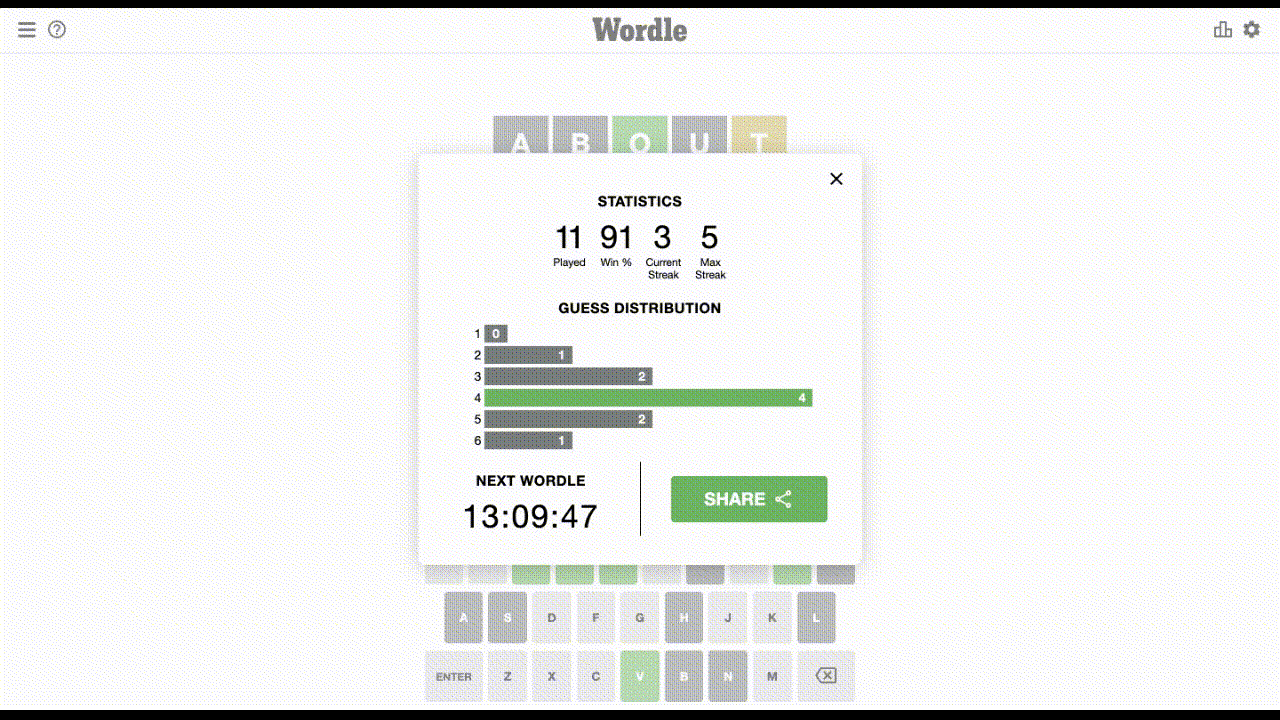
This concept can easily be translated into content marketing and design: When you routinely give your audience access to exclusive & time-sensitive content or promotions, it drives them to your website and keeps them checking in for updates.
Virality is Fickle
The internet is very much a “here today, gone tomorrow” space, meaning that what’s wildly popular now might wither into obscurity at a moment’s notice.
Wordle’s creator, Joshua Wardle, is no stranger to this fact. Prior to Wordle, he was involved in two other hugely successful Reddit April Fool’s Day projects that skyrocketed in popularity before being archived in the internet history books quickly thereafter.
The first, titled The Button, was developed in 2015. This extremely simple website featured nothing more than a button that, when clicked, would reset a 60 second global timer.
Based on the time that a user clicked, they would receive a colored badge (known as flair) next to their username on Reddit that could be flaunted and discussed with other users on the platform.
Wardle’s second viral project, Place, was developed in 2017.
The subreddit r/place allowed users to color in a one-million-pixel canvas one pixel at a time.
Once a user had colored in a single pixel, they would be unable to color another until a timer, set to anywhere between 5 and 20 minutes, reset.
As a result of this, users collaborated and strategized on pixel placements in order to create impressive artwork on the site.
Both of these projects share a lot of the key features we’ve identified in Wordle: simplistic idea and design, community engagement/cooperation, and time-sensitivity.
It would certainly seem that this is the formula for viral content, but it’s important to remember the fleeting nature of viral success.
For The Button, the craze died down after approximately 2 months; Place, which was designed to be a temporary experiment, ended after just 72 hours.
As for Wordle: Only time will tell how much longer the hype will last.
While The Button, Place, and Wordle share similar core concepts, all three explore a new, unique idea. The brief success of The Button and Place remind us that we must constantly be adapting to and experimenting with new ideas in order to retain relevance.
Final Thoughts
Wordle is an excellent case study in some of the key concepts that make for effective web design and shared content.
By keeping things simple, engaging your audience on social media, exploiting ephemeral content, and remembering to continuously adapt and experiment, you can set yourself up for success–and maybe become the next T-R-E-N-D everyone’s tweeting about.
About Us
Haneke Design is a full-service marketing, design, and development firm. We love to research all things trending in the tech sphere, to explore what can be learned and applied to our own custom projects.
With a commitment to delivering digital experiences that amaze and delight, our team of mobile and web app developers in Tampa are enthusiastic about creating the most cutting edge and innovative experiences.
Contact us today to learn more about how our custom design and development services can help you achieve your business goals!
